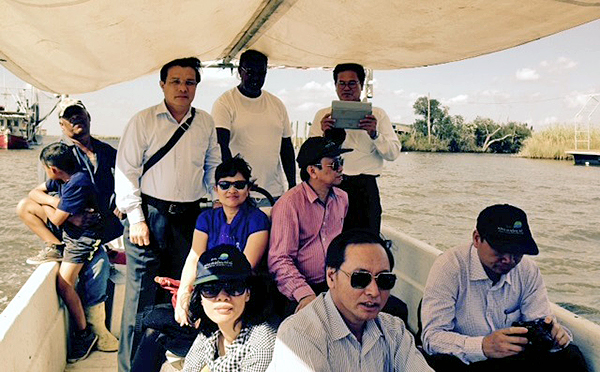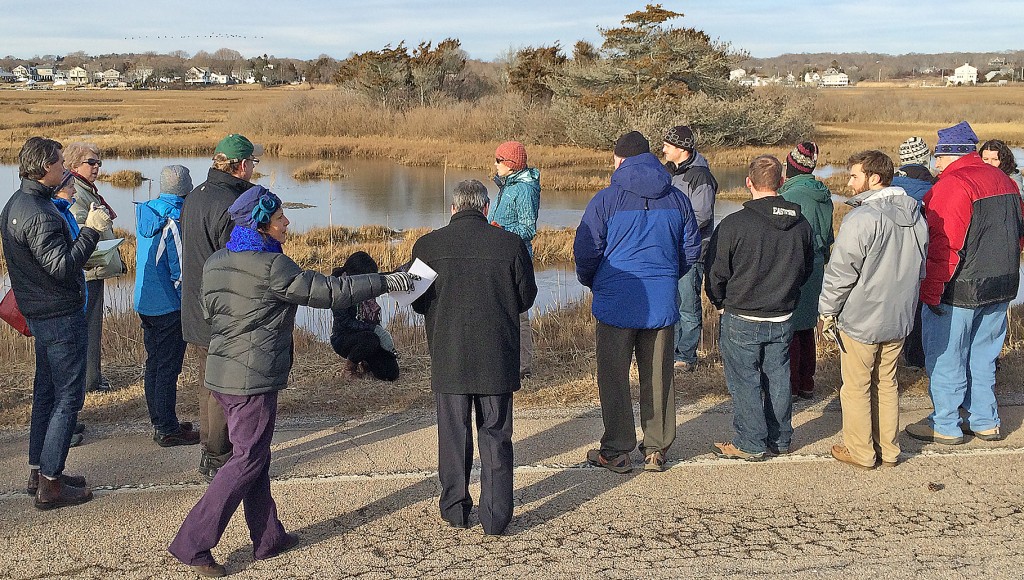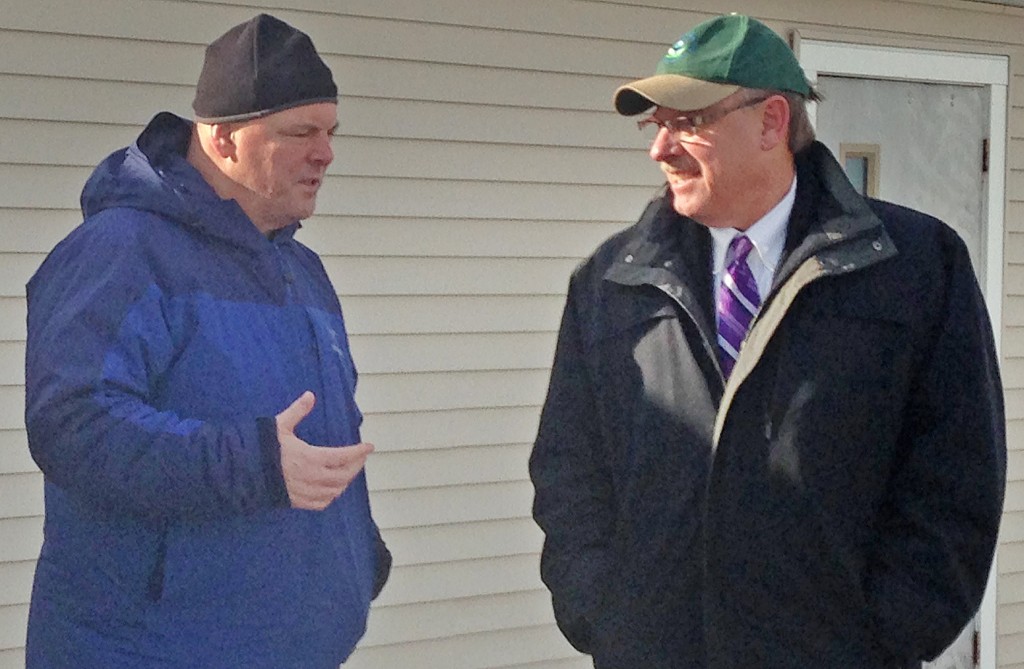The Beach SAMP Stakeholder Meeting scheduled for Tuesday, March 3, has been canceled. It will be rescheduled, and the new date will be posted here when available.
Tag Archives: sea level rise
Reminder: Beach SAMP Stakeholder Meeting is March 3
Don’t forget to attend the next Beach SAMP Stakeholder Meeting Tuesday, March 3, from 6 to 8 p.m. at the Coastal Institute Auditorium, URI Narragansett Bay Campus. The topic is “How Can Coastal Engineering Contribute to Resilient Coastal Communities. Christopher P. Jones, P.E., will address the question: “Coastal engineering can counteract some of the processes and forces attacking our shorelines and communities, but what are the practical and financial limits? Jones is a registered professional engineer specializing in coastal hazard identification, hazard mitigation and coastal engineering with more than 30 years of experience.
Pizza will be served at 5:30 p.m. RSVP to beachSAMP@etal.uri.edu
This Beach SAMP stakeholder meeting is cosponsored by RI Flood Mitigation Association (RIFMA)
CRC Study Tour Subject of Public Radio Program

A CRC-led study tour for a group of Vietnamese leaders in October 2014 is the subject of a New Orleans Public Radio program. The tour, led by CRC’s Glenn Ricci with administrative and logistical support from Cathy Dwyer, took officials from the Vietnamese government to the New York City metropolitan area and New Orleans to learn how to better adapt to sea level rise and climate change. The radio program is part of a New Orleans Public Radio mini-series, “Delta Blues: Water and Climate Change from the Mississippi to the Mekong,” which examines shared flooding and saltwater intrusion issues facing two great river deltas, the Mississippi and the Mekong, and the conversation developing between them to address those challenges.about the delta region and climate change.
New Maps Are a Key Tool For Saving State’s Wetlands from Flooding
Coastal wetlands protect communities from floods, an impact of storms and sea level rise related to climate change, and Rhode Island has a new tool to help prioritize projects for protecting or restoring these habitats. Newly adopted SLAMM (Sea Levels Affecting Marshes Model) maps developed by CRC and Rhode Island Sea Grant with the Rhode Island Coastal Resources Management Council (CRMC) show which wetlands are most threatened. The maps are available for all 21 Rhode Island coastal communities.
To learn more about SLAMM visit the CRMC website, which has a complete library of the maps or see the related article on EcoRI News.
CRC Leads EPA on Tour of Climate Change Front Lines

The U.S. Environmental Protection Agency’s New England Region Administrator Curt Spaulding and several of his colleagues spent two days this week touring Rhode Island to see the firsthand effects of climate change and sea level rise and to learn what municipalities, the state, URI and local organizations are doing about them. CRC and Rhode Island Sea Grant, who have collaborated with partners to address these issues, hosted the tour.

Spaulding and his colleagues saw vivid impacts of increasingly frequent and intense storms Thursday when touring the Misquamicut section of Westerly, which was hit hard by Superstorm Sandy in 2012. Since then some shoreline homes have been elevated or moved, and some businesses have chosen to scale back.
CRC and its partners were able to share how the state’s tools for taming the impacts of climate change can be applied in other New England locations, such as improving coastal management policy and planning tools to better address flooding and erosion from climate change and seal level rise. Examples include the Sea Level Affecting Marshes Model (SLAMM) for predicting changes in coastal wetlands and StormTools, which gives users interactive, detailed maps that illustrate sea level rise and storm surge flooding scenarios.
News reports on the visit were featured on Rhode Island Public Radio and in The Providence Journal.


